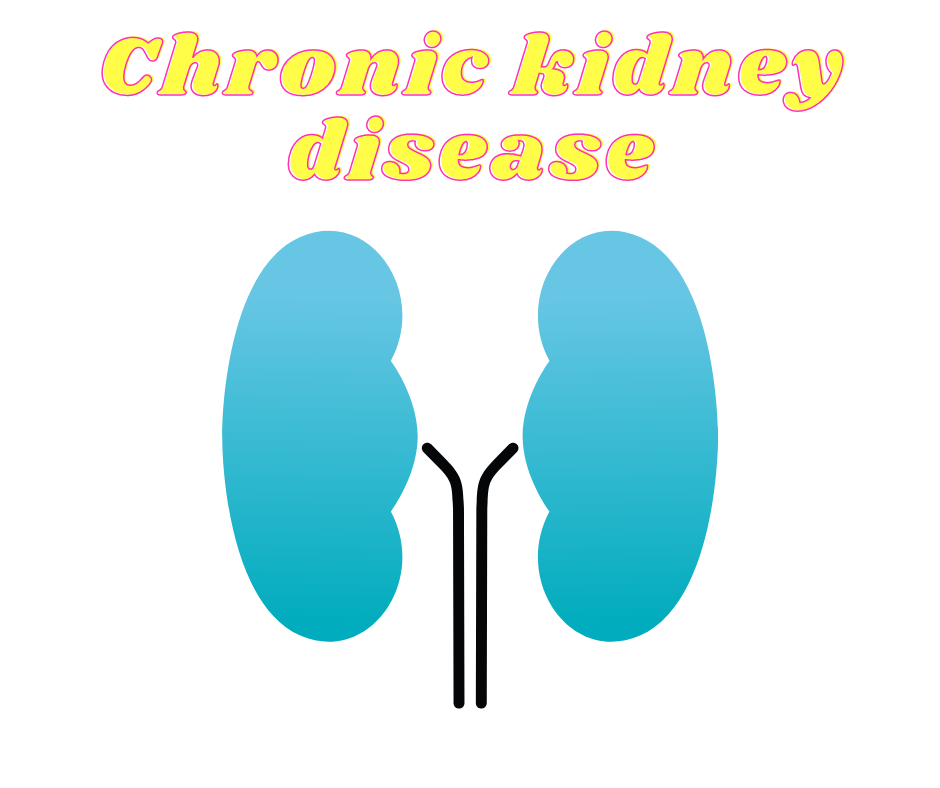Chronic kidney disease (chronic kidney insufficiency / chronic renal failure) is a disorder in which kidneys are losing their function gradually over time. That process usually takes months or years. It can not be reversed, but with early diagnosis, appropriate treatment and some changes in lifestyle, it can slow down or in some cases even stop.
Epidemiology
This disease represents a huge health problem and it is often associated with cardiovascular diseases. Millions of people die every year due to this problem, and around 10% percent of the human population is affected by it. People with hypertension or diabetes have a greater chance of developing chronic kidney disease. Chronic kidney disease is also a major financial problem, as many people can’t afford to treat it effectively.
Classification of chronic kidney disease
Chronic kidney disease can be classified due to the severity of condition on 5 stages, from very mild stage 1 to end-stage 5.
Glomerular filtration is the ability of kidneys to filtrate waste products and excess fluids into urine collecting tubules allowing their elimination. Stages of renal failure are divided by the glomerular filtration rate.
First Stage – There is mild kidney damage with normal glomerular filtration rate ≥ 90 ml / min / 1.73 m2
Second Stage – There is mild kidney damage with lowered glomerular filtration rate between 60 and 90 0 ml / min / 1.73 m2
Stage 3 – There is a moderate kidney damage with glomerular filtration rate between 30 and 60 ml / min / 1.73 m2
Stage 4 – There is moderate or severe kidney damage with glomerular filtration rate between 15 and 30 ml / min / 1.73 m2
Stage 5 – There is severe kidney damage where they are about to or at complete failure with glomerular filtration < 15 ml / min / 1.73 m2
Signs and symptoms
Signs and symptoms of chronic kidney disease often nonspecific showing up only after kidney suffer irreversible damage. One of the most characteristic signs of chronic kidney disease is swelling around eyes, ankles or other body parts due to the inability of kidneys to remove excess water or because of increased protein loss. Also, changes in urination may occur. As most of the signs and symptoms are nonspecific they include various organs and systems of organs, and some of them are:
Cardiovascular disorders which include hypertension, heart failure, arrhythmia, and pericarditis.
Manifestations of the central nervous system which include fatigue, sleepiness, hallucinations, loss of concentration, different consciousness problems including coma. While peripheral nervous system manifestations show up as muscle pain, cramps, tingling, or restless leg syndrome.
Hematological disorders like anemia, bleeding or infections.
Metabolic disorders including acidosis, electrolyte imbalance, and azotemia.
Gastrointestinal disorders, including loss of appetite, nausea, vomiting, burping, diarrhea, or esophagitis.
Treatment
The goal of chronic kidney disease treatment is to slow down or stop the disease progression. Treatment of the cause of kidney disease and hypertension is needed in a state of decreased kidney function. When the levels of nitrogen-containing compounds such as urea and creatinine get increased causing condition known as azotemia, it is needed to limit the intake of proteins, salt, and potassium, while also limiting physical activity. Acidosis is treated with bicarbonate, and anemia with iron.
When chronic kidney disease progresses into end stage, dialysis or kidney transplantation is needed.

